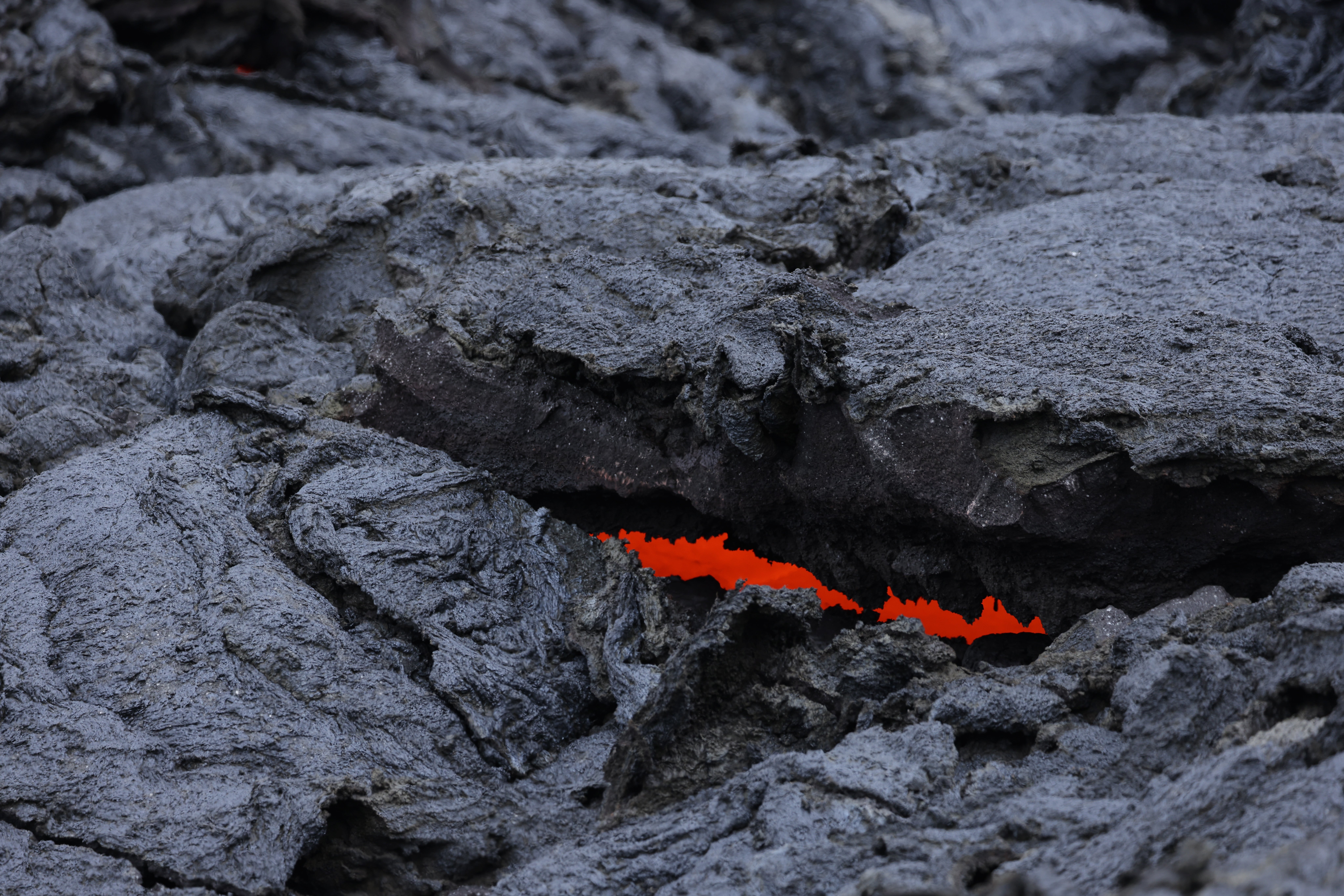The Independent's journalism is supported by our readers. When you purchase through links on our site, we may earn commission.
A unique mixture of salts may have sparked life on Earth, study suggests
Salt balance needed to sustain life may have been achieved on Earth’s conditions 4 billion years ago

Your support helps us to tell the story
From reproductive rights to climate change to Big Tech, The Independent is on the ground when the story is developing. Whether it's investigating the financials of Elon Musk's pro-Trump PAC or producing our latest documentary, 'The A Word', which shines a light on the American women fighting for reproductive rights, we know how important it is to parse out the facts from the messaging.
At such a critical moment in US history, we need reporters on the ground. Your donation allows us to keep sending journalists to speak to both sides of the story.
The Independent is trusted by Americans across the entire political spectrum. And unlike many other quality news outlets, we choose not to lock Americans out of our reporting and analysis with paywalls. We believe quality journalism should be available to everyone, paid for by those who can afford it.
Your support makes all the difference.Scientists have shown how a unique “blend of salts,” in the presence of heat flows facilitated by volcanic rock fissures, may have sparked the formation of Earth’s first self-replicating molecules.
Earlier studies had hypothesised that primordial Earth could have been an “RNA world” with soups of the chemical Ribonucleic Acid (RNA) — which while similar genetic “blueprint” molecule DNA, can also act as chemical catalyst — morphing into different shapes and speeding up reactions.
Previous research has also indicated that RNA molecules could catalyse the replication of other RNA strands, and initiate the formation of self-sustaining bubbles of molecules.
However, the range of conditions under which such primordial soups formed, and the places on early Earth where such conditions existed, is a matter of ongoing research.
This is because RNA molecules require specific chemical conditions to fold correctly into shape to act as catalysts.
“RNA is of particular interest in the context of the origin of life as a promising candidate for the first functional biopolymer,” the scientists, including those from Ludwig Maximilian University of Munich (LMU), wrote in a statement.
In order to fold correctly, they said RNA requires very specific concentration of magnesium and sodium salts, with the latter capable of misfolding RNA at even slightly higher levels.
The current study, published last week in the journal Nature Chemistry, assessed how the relevant salt balance could have been achieved under the conditions that prevailed on early Earth about four billion years ago.
“We have shown that a combination of basaltic rocks and simple convection currents can give rise to the optimal relationship between magnesium and sodium ions under natural conditions,” explained Christof Mast, a co-author of the study from LMU.
In the research, the scientists synthesised basaltic glass in the lab – which is naturally produced when melted basalt lava is rapidly cooled as it comes into contact with ocean water – and characterised it in various forms.
The scientists then analysed the amounts of magnesium and sodium extracted from the basalt under diverse conditions – such as different temperature, or the grain size of the geological material.
They found that the basalt glasses they formed had significantly more sodium than magnesium in the water in all their preparations, and the sodium levels were in much lower concentrations than required by RNA to sustain a self-replicating chemical bubble.
“However, this situation changed considerably when heat currents – which are very likely to have been present, owing to the high levels of geological activity expected in prebiotic environments – were added,” Mr Mast said.
The scientists now believe the narrow pores and cracks that are a feature of basaltic glasses may have offered temperature gradients to induce convective heat and salt ion flows.
This gradient created by the pores in these rocks, the researchers say may have eventually led to accumulation of magnesium ions in much higher local concentrations than sodium ions – providing the perfect set up for an RNA world to thrive.
“Our findings imply that access to such otherwise blocked pathways could have been provided through simple and abundant heat fluxes across rock fissures,” the scientists wrote in the study.
The scientists said such basalt rock fissures may have created “ecological niches” for RNA to catalyse chemical reactions and also lead to “pre-cellular” compartments.
The researchers believe this kind of selective salt concentration provided by the basalt rock fissures offer “compelling evidence” that their thermal gradients offered an ideal habitat for the first “life-relevant reactions.”
Join our commenting forum
Join thought-provoking conversations, follow other Independent readers and see their replies
Comments